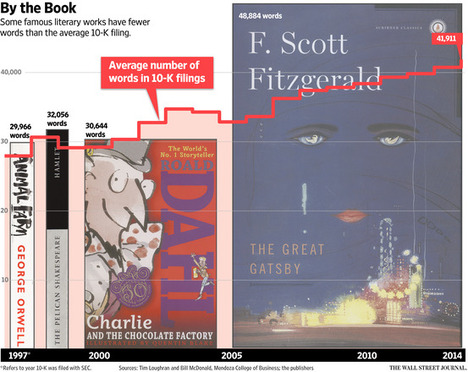(p. B1) The college dropout-turned-entrepreneur is a staple of Silicon Valley mythology. Steve Jobs, Bill Gates and Mark Zuckerberg all left college.
In their day, those founders were very unusual. But a lot has changed since 2005, when Mr. Zuckerberg left Harvard. The new crop of dropouts has grown up with the Internet and smartphones. The tools to create new technology are more accessible. The cost to start a company has plunged, while the options for raising money have multiplied.
Moreover, the path isn’t as lonely.
. . .
Not long ago, dropping out of school to start a company was considered risky. For this generation, it is a badge of honor, evidence of ambition and focus. Very few dropouts become tycoons, but “failure” today often means going back to school or taking a six-figure job at a big tech company.
. . .
(p. B5) There are no hard numbers on the dropout trend, but applicants for the Thiel Fellowship tripled in the most recent year; the fellowship won’t disclose numbers.
. . .
It has tapped 82 fellows in the past five years.
“I don’t think college is always bad, but our society seems to think college is always good, for everyone, at any cost–and that is what we have to question,” says Mr. Thiel, a co-founder of PayPal and an early investor in Facebook.
Of the 43 fellows in the initial classes of 2011 and 2012, 26 didn’t return to school and continued to work on startups or independent projects. Five went to work for large tech firms, including a few through acquisitions. The remaining 12 went back to school.
Mr. Thiel says companies started by the fellows have raised $73 million, a record that he says has attracted additional applicants. He says fellows “learned far more than they would have in college.”
For the full story, see:
DAISUKE WAKABAYASHI. “College Dropouts Thrive in Tech.” The Wall Street Journal (Thurs., June 4, 2015): B1 & B10.
(Note: ellipses added. The phrase “the fellowship won’t disclose numbers” was in the online, but not the print, version of the article.)
(Note: the online version of the article has the date June 3, 2015, and has the title “College Dropouts Thrive in Tech.”)

